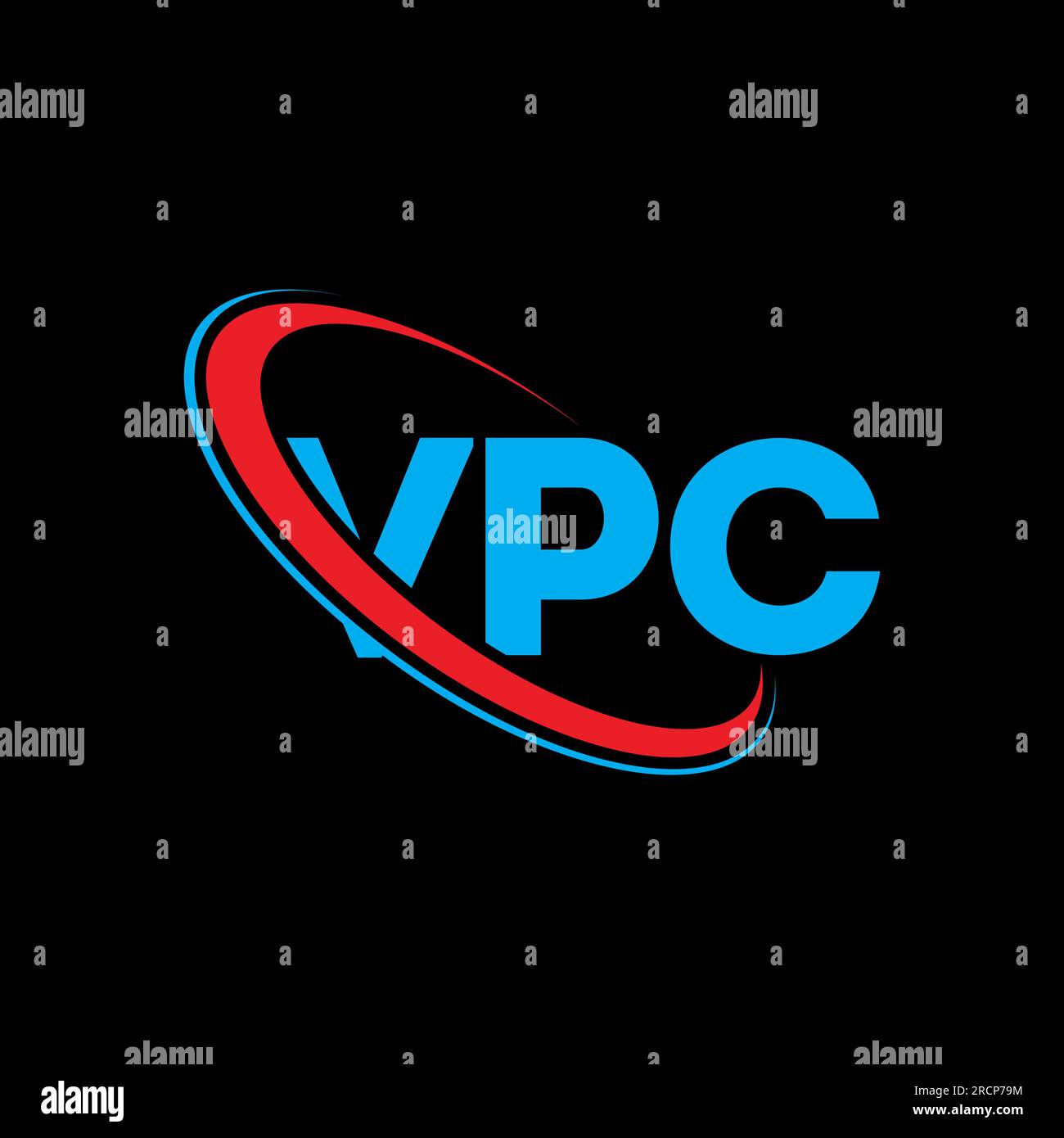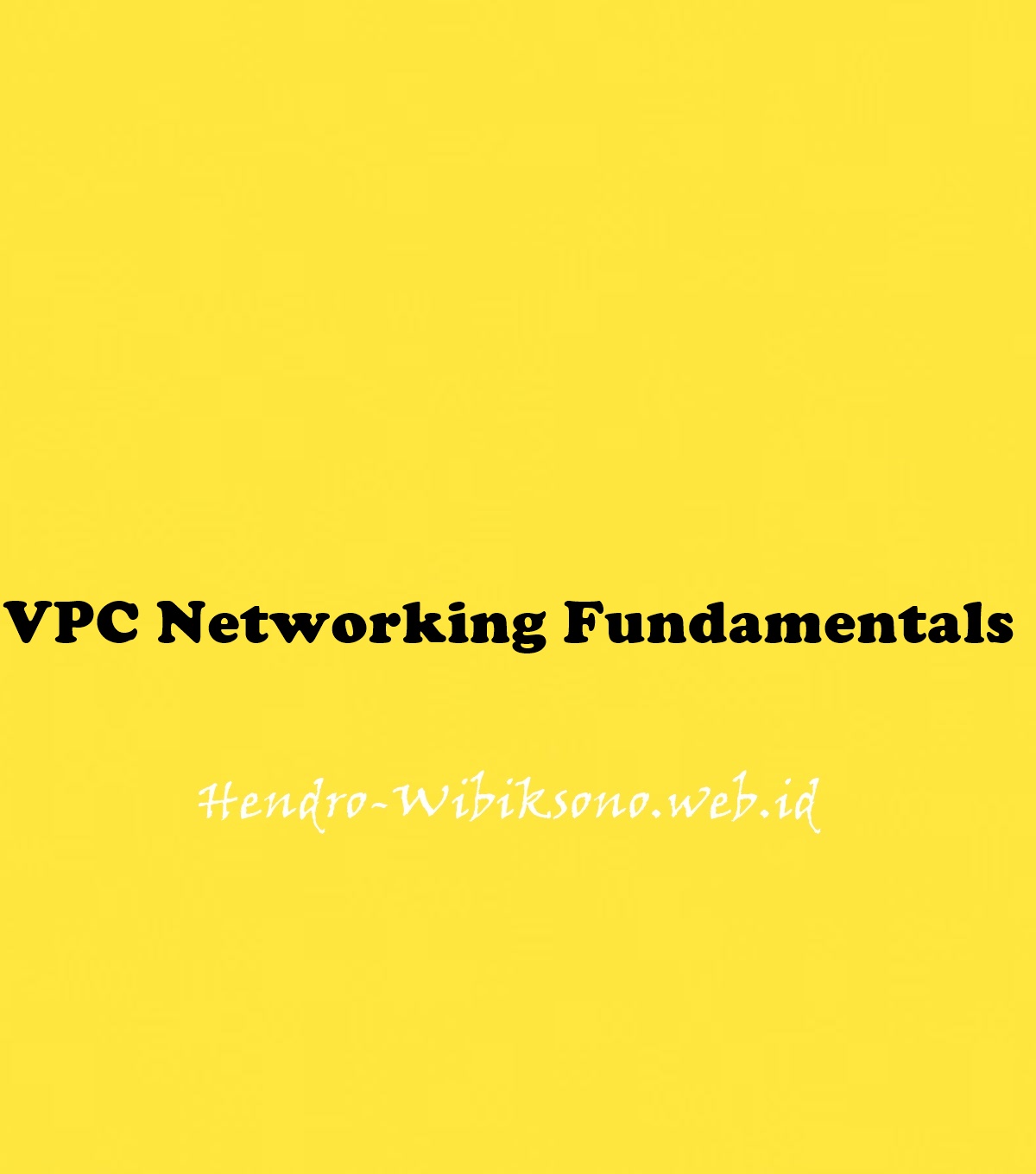RemoteIoT VPC: The Ultimate Guide To Revolutionizing IoT Networks
Hey there, tech enthusiasts! Are you ready to dive into the world of RemoteIoT VPC? This is not just another buzzword in the tech industry; it's a game-changer. Imagine being able to manage and control your IoT devices from anywhere in the world, all while maintaining top-notch security and efficiency. RemoteIoT VPC makes this possible, and trust me, it's worth exploring. So, buckle up and let's get started!
In today's fast-paced digital era, the demand for robust and secure network solutions is higher than ever. RemoteIoT VPC stands out as a solution that caters to these needs, offering unparalleled connectivity and control over IoT devices. Whether you're a tech-savvy individual or a business owner looking to enhance your operations, this technology could be your next big step.
This article will take you through everything you need to know about RemoteIoT VPC. We'll explore its features, benefits, implementation strategies, and even touch on some of the challenges you might face along the way. By the end of this read, you'll have a comprehensive understanding of how RemoteIoT VPC can transform your IoT experience. Let's jump right in!
What is RemoteIoT VPC?
Alright, let's break it down. RemoteIoT VPC, or Virtual Private Cloud for IoT, is essentially a cloud-based platform designed specifically for IoT applications. It allows users to create isolated, secure environments within the cloud where IoT devices can communicate and share data. Think of it as a private network within the vast cloud universe, tailored specifically for your IoT needs.
RemoteIoT VPC offers several key features that set it apart from traditional network solutions. These include enhanced security protocols, scalable infrastructure, and seamless integration with existing systems. Whether you're managing a few devices or an entire network, RemoteIoT VPC provides the flexibility and control necessary to keep everything running smoothly.
Why Choose RemoteIoT VPC?
There are numerous reasons why RemoteIoT VPC is becoming the go-to solution for IoT enthusiasts and businesses alike. Firstly, its security features are second to none. With increasing concerns about data breaches and cyber threats, having a secure platform is crucial. RemoteIoT VPC employs advanced encryption and authentication methods to ensure your data remains protected.
Secondly, scalability is a major advantage. As your IoT network grows, so can your RemoteIoT VPC. This means you won't have to worry about outgrowing your current setup or investing in expensive upgrades down the line. Additionally, the ease of integration with existing systems makes it a practical choice for businesses looking to enhance their operations without disrupting current workflows.
Benefits of Using RemoteIoT VPC
Now, let's talk benefits. The advantages of using RemoteIoT VPC are numerous and can significantly impact both individual users and businesses. Here are some of the top benefits:
- Enhanced Security: Protect your data and devices with advanced encryption and authentication methods.
- Scalability: Easily expand your network as needed without worrying about outgrowing your current setup.
- Cost-Effective: Save money by avoiding expensive hardware upgrades and maintenance costs.
- Seamless Integration: Integrate RemoteIoT VPC with your existing systems effortlessly.
- Remote Access: Manage your IoT devices from anywhere in the world with just an internet connection.
These benefits make RemoteIoT VPC a compelling choice for anyone looking to take their IoT experience to the next level. Whether you're a tech enthusiast or a business owner, the advantages are undeniable.
How Does RemoteIoT VPC Work?
Let's get technical for a moment. RemoteIoT VPC operates by creating a virtual private network within the cloud. This network is isolated from the public internet, providing an additional layer of security. Devices connected to the RemoteIoT VPC can communicate with each other securely, sharing data and performing tasks as needed.
The platform uses advanced protocols to ensure data integrity and security. It also supports various communication standards, making it compatible with a wide range of IoT devices. This flexibility allows users to integrate a variety of devices into their network, expanding its capabilities and functionality.
Implementing RemoteIoT VPC in Your Network
Implementing RemoteIoT VPC into your existing network might seem daunting, but it's actually quite straightforward. The process involves several key steps, each designed to ensure a smooth transition and optimal performance.
First, you'll need to assess your current network infrastructure and identify areas where RemoteIoT VPC can be beneficial. This might involve evaluating your device inventory, data flow, and security protocols. Once you have a clear understanding of your needs, you can begin setting up your RemoteIoT VPC environment.
The setup process typically involves creating a virtual network, configuring security settings, and connecting your devices. Most platforms offer user-friendly interfaces and comprehensive documentation to guide you through each step. Additionally, many providers offer support services to assist with implementation and troubleshooting.
Best Practices for Using RemoteIoT VPC
To get the most out of your RemoteIoT VPC, it's important to follow some best practices. These include:
- Regularly updating your security protocols to protect against emerging threats.
- Monitoring network performance to ensure optimal functionality.
- Implementing backup solutions to prevent data loss in case of unforeseen events.
- Training your team on how to effectively use and manage the RemoteIoT VPC environment.
By adhering to these practices, you can ensure that your RemoteIoT VPC operates efficiently and securely, providing the maximum benefit to your network.
Challenges and Solutions
No technology is without its challenges, and RemoteIoT VPC is no exception. Some common challenges include initial setup complexities, potential latency issues, and the need for ongoing maintenance and updates. However, these challenges can be overcome with the right approach.
For instance, working with experienced professionals during the setup phase can help mitigate initial complexities. Implementing robust monitoring and maintenance protocols can address latency and security concerns. Additionally, staying informed about the latest updates and advancements in the field can help you stay ahead of potential issues.
Security Considerations
Security is a top priority when it comes to RemoteIoT VPC. While the platform offers advanced security features, it's important to remain vigilant. This includes regularly updating your security protocols, implementing multi-factor authentication, and educating your team about potential threats.
Regular security audits can also help identify and address vulnerabilities before they become major issues. By taking a proactive approach to security, you can ensure that your RemoteIoT VPC remains a safe and reliable platform for your IoT needs.
Real-World Applications of RemoteIoT VPC
So, how is RemoteIoT VPC being used in the real world? The applications are vast and varied, spanning multiple industries. In the healthcare sector, for example, RemoteIoT VPC is used to manage medical devices and patient monitoring systems, ensuring secure and efficient data transmission.
In the manufacturing industry, it's used to optimize production processes by enabling real-time monitoring and control of machinery. Meanwhile, in the retail sector, RemoteIoT VPC helps manage inventory and enhance customer experiences through smart technology.
These are just a few examples of how RemoteIoT VPC is transforming industries. Its versatility and adaptability make it a valuable asset in virtually any field where IoT technology is utilized.
Future Trends in RemoteIoT VPC
Looking ahead, the future of RemoteIoT VPC looks promising. Advances in technology are continually enhancing its capabilities, making it more powerful and efficient. Expect to see improvements in areas such as artificial intelligence integration, enhanced security protocols, and increased scalability.
As more businesses and individuals adopt IoT technology, the demand for solutions like RemoteIoT VPC will only continue to grow. Staying informed about these trends can help you make the most of this exciting technology as it evolves.
Conclusion
And there you have it, folks! RemoteIoT VPC is more than just a buzzword; it's a powerful tool that can revolutionize your IoT experience. From enhanced security to seamless scalability, the benefits are numerous and impactful. Whether you're a tech enthusiast or a business owner, RemoteIoT VPC offers a solution tailored to your needs.
So, what's next? If you've found this article helpful, I encourage you to take action. Leave a comment sharing your thoughts or experiences with RemoteIoT VPC. Share this article with your network to spread the word. And don't forget to explore more content on our site for all things tech-related. Thanks for reading, and until next time, keep innovating!
Table of Contents
- What is RemoteIoT VPC?
- Why Choose RemoteIoT VPC?
- Benefits of Using RemoteIoT VPC
- How Does RemoteIoT VPC Work?
- Implementing RemoteIoT VPC in Your Network
- Best Practices for Using RemoteIoT VPC
- Challenges and Solutions
- Security Considerations
- Real-World Applications of RemoteIoT VPC
- Future Trends in RemoteIoT VPC



Detail Author:
- Name : Ms. Meredith Fisher V
- Username : vida23
- Email : ureynolds@mueller.org
- Birthdate : 2006-09-07
- Address : 38469 Kozey Lodge Apt. 689 Kesslerfort, MS 69260
- Phone : +19402403092
- Company : Huel, Murphy and Rosenbaum
- Job : Explosives Expert
- Bio : Illo architecto atque voluptatibus vel a. Maiores magnam magnam non sint qui cupiditate. Rerum quis repellat eius blanditiis nam nihil totam. Id tempore et et quis.
Socials
linkedin:
- url : https://linkedin.com/in/brakus1975
- username : brakus1975
- bio : Fuga necessitatibus aliquam consequatur ut ea.
- followers : 5608
- following : 2060
tiktok:
- url : https://tiktok.com/@jaron_xx
- username : jaron_xx
- bio : Reprehenderit vel voluptas aperiam facere.
- followers : 235
- following : 1156